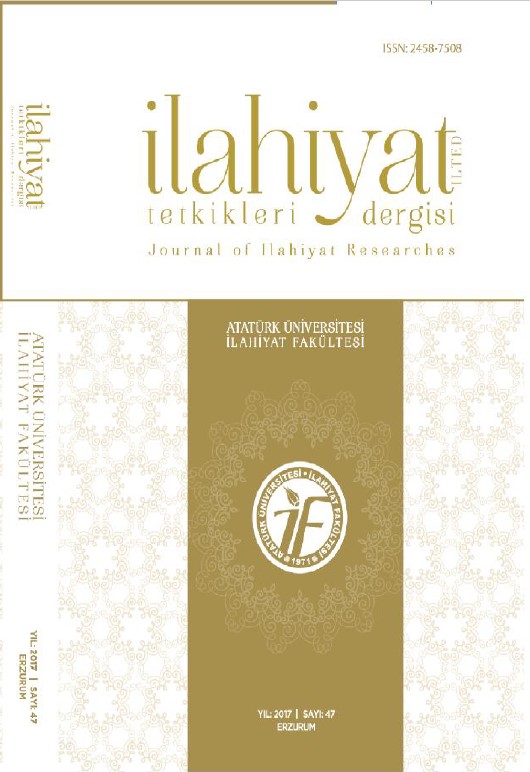Abbasi Sarayında Ümmüveledlerin Yönetime Etkisi: Hayzürân, Şağab ve el-Kahramâniye Örneği
The Influence of the Ummwalads on the Administration in the Abbasid Palace: The Example of al-Khayzuran, Shaghab and al-Qahramaniya
Author(s): Cuma KaranSubject(s): Islam studies, 6th to 12th Centuries, History of Islam
Published by: Atatürk Üniversitesi İlahiyat Fakültesi
Keywords: Abbasid Caliphs; Concubines; Ummwalad; al-Khayzuran; Shaghab;
Summary/Abstract: From the first period of the Abbasid state to the "Amir al-Umaras" period, which has an important place in the history of Islam, a total of twenty caliphs have ruled. When the lives of these caliphs are examined, all but three of them are children of concubines called “ummwalads”. While some of these concubines were the wives of a caliph, they became the mother of the next caliph. Due to these kinship ties of ummwalads their influences on the administration were inevitable. Who were the ummwalad caliphs in the first period of the Abbasid state? How influential were these ummwalads on the caliph when the caliph ruled the Abbasid state? Why did the children of these ummwalads become the caliphate, while the caliph had children born by free wives? In addition to the dominance of a structure consisting of women like al-Qahramaniya in the Abbasid Palace, what were the effects of ummwalad al-Khayzuran and Shaghab khatuns, who were especially prominent, on the state? This article has been formed with the aim of finding answers to these and some similar questions, with a research on the earliest sources of the period.
Journal: İlahiyat Tetkikleri Dergisi
- Issue Year: 2020
- Issue No: 54
- Page Range: 379-402
- Page Count: 24
- Language: Turkish

